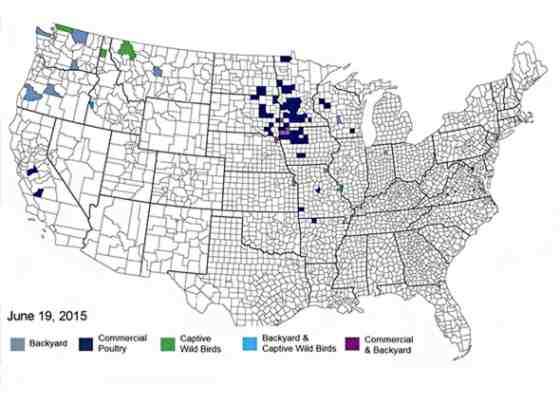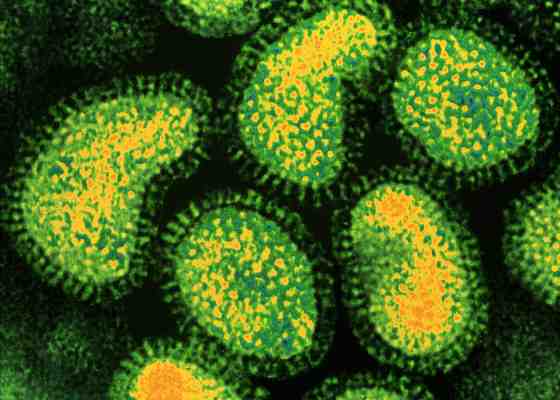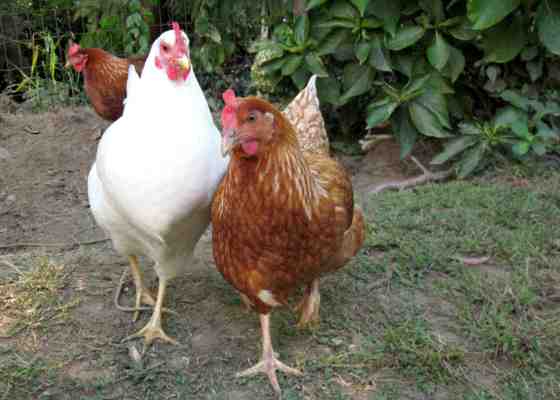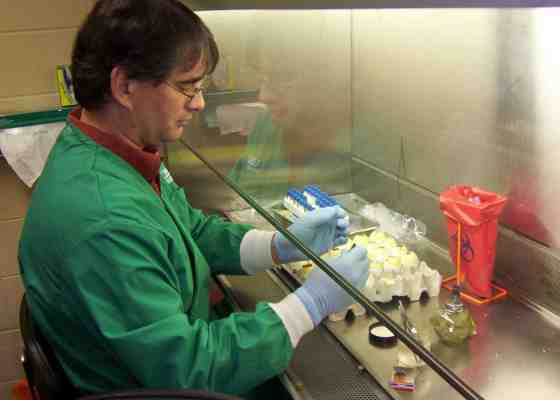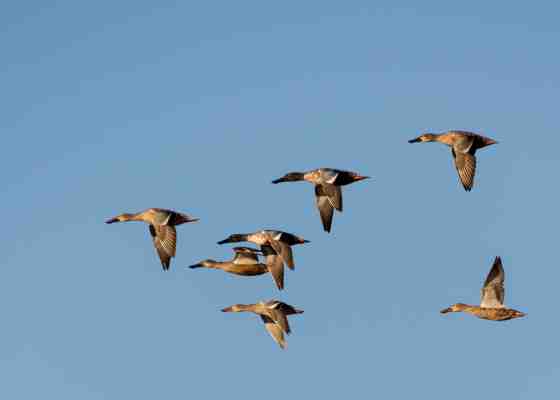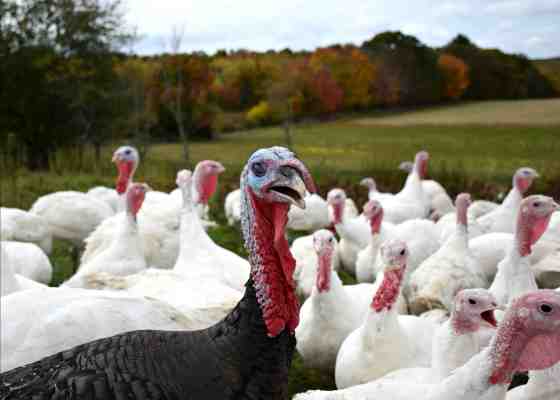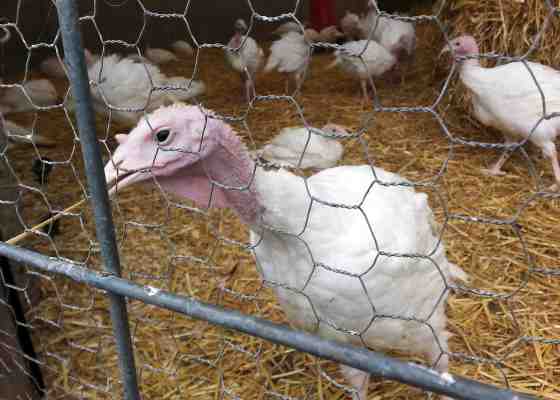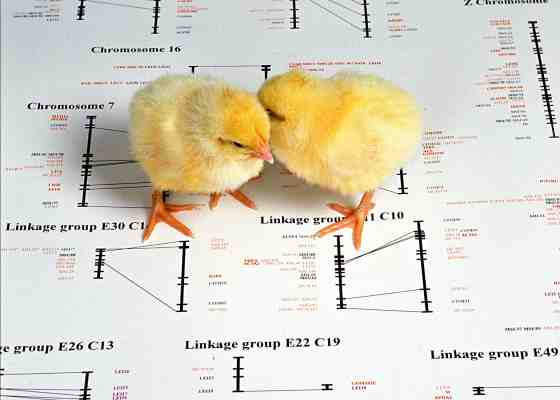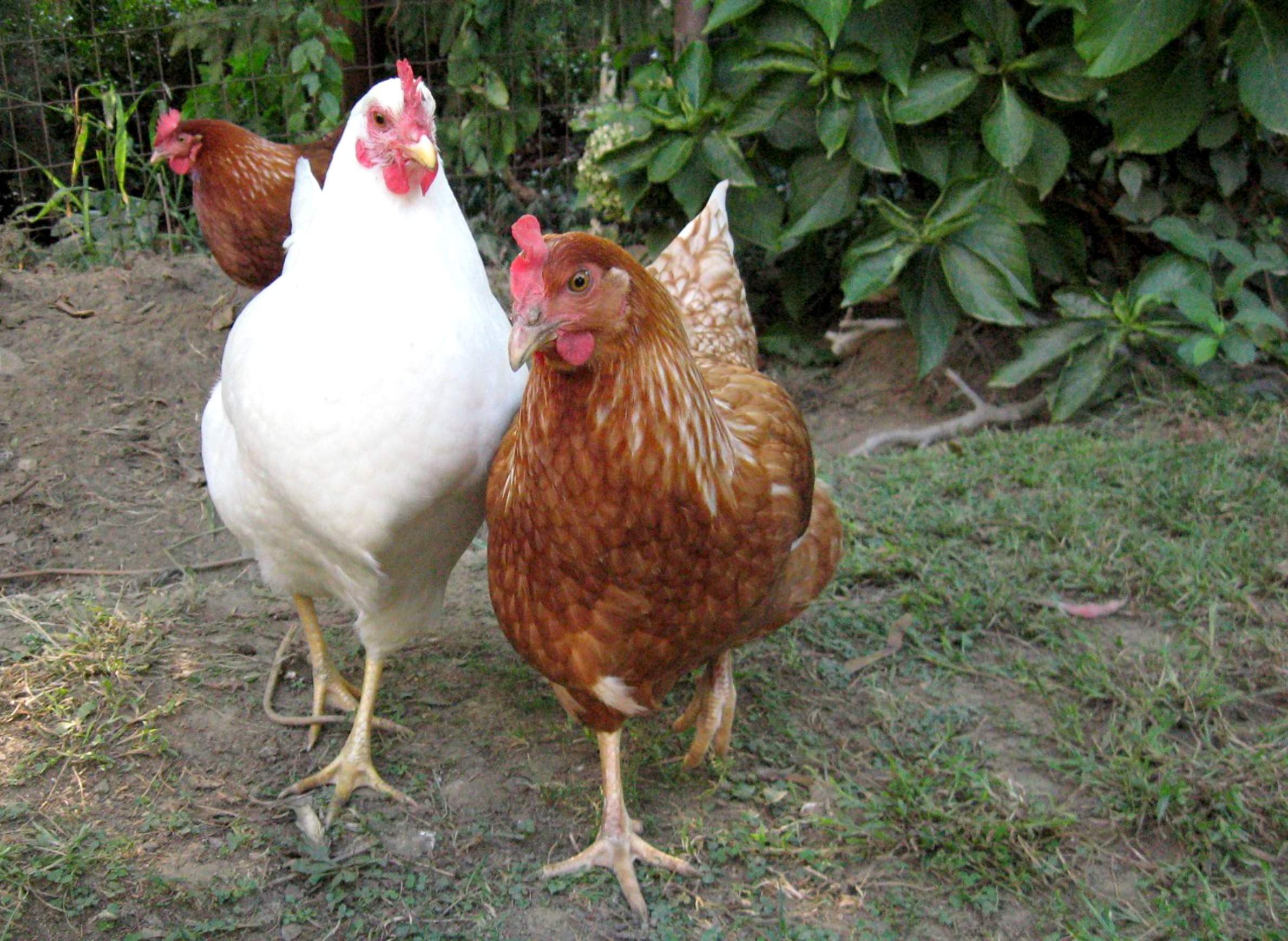
Understanding The 2015 Wisconsin Avian Flu Epidemic: How The Virus Affects Birds

How does avian influenza infect and affect birds?
Avian influenzas, including the highly pathogenic varieties, can infect birds both wild and domesticated. Birds carrying the virus can pass it on to other birds through airborne contact, as it is found in respiratory secretions and saliva. It is also found in droppings and can be transmitted between birds via contact with contaminated surfaces. This includes litter and poultry-related farm equipment, such as egg collection containers.
The speed of infection depends on the specific variety of the influenza virus. Highly pathogenic viruses can infect a flock in as little as 48 hours, with the possibility of high mortality rates not accompanied by any overt clinical signs. Birds infected with the low pathogenic varieties, on the other hand, may be asymptomatic or may only exhibit ruffled feathers or lower egg production rates.
There are multiple symptoms of avian influenza in domestic poultry. They include: swelling of the head, eyelids, comb, wattle and hocks; purple discoloration of the wattle, comb and legs; respiratory distress, including a runny nose, coughing and sneezing; a lack of energy or huddling; stumbling and falling down; closed eyes; decreased food consumption; excessive thirst; watery and green diarrhea; loss of muscle control (ataxia); and, a decrease in egg production, with the eggs themselves possibly soft or misshapen. Another condition among poultry that can result from infection is torticollis, also known as "wry neck," in which the necks of birds twist or arch backward.
Although avian influenza is primarily a risk to poultry, the H5N2 variant has been observed to infect other domesticated animals. It is very rare among dogs and cats, though transmission is possible with felines that come into contact with infected birds. Cat owners are encouraged to keep their pets indoors and avoid exposure to waterfowl. Additionally, pet birds kept indoors are at low risk of infection.



